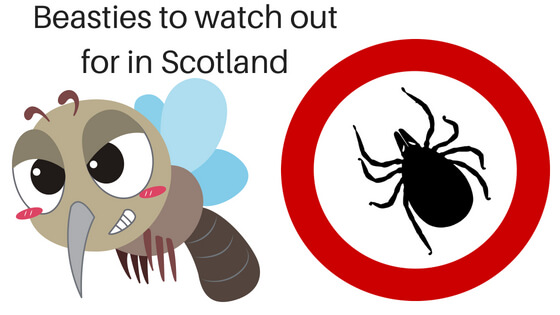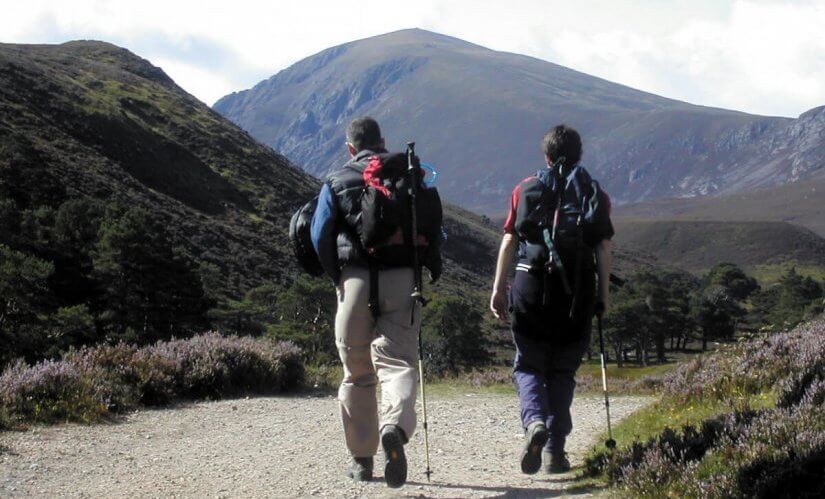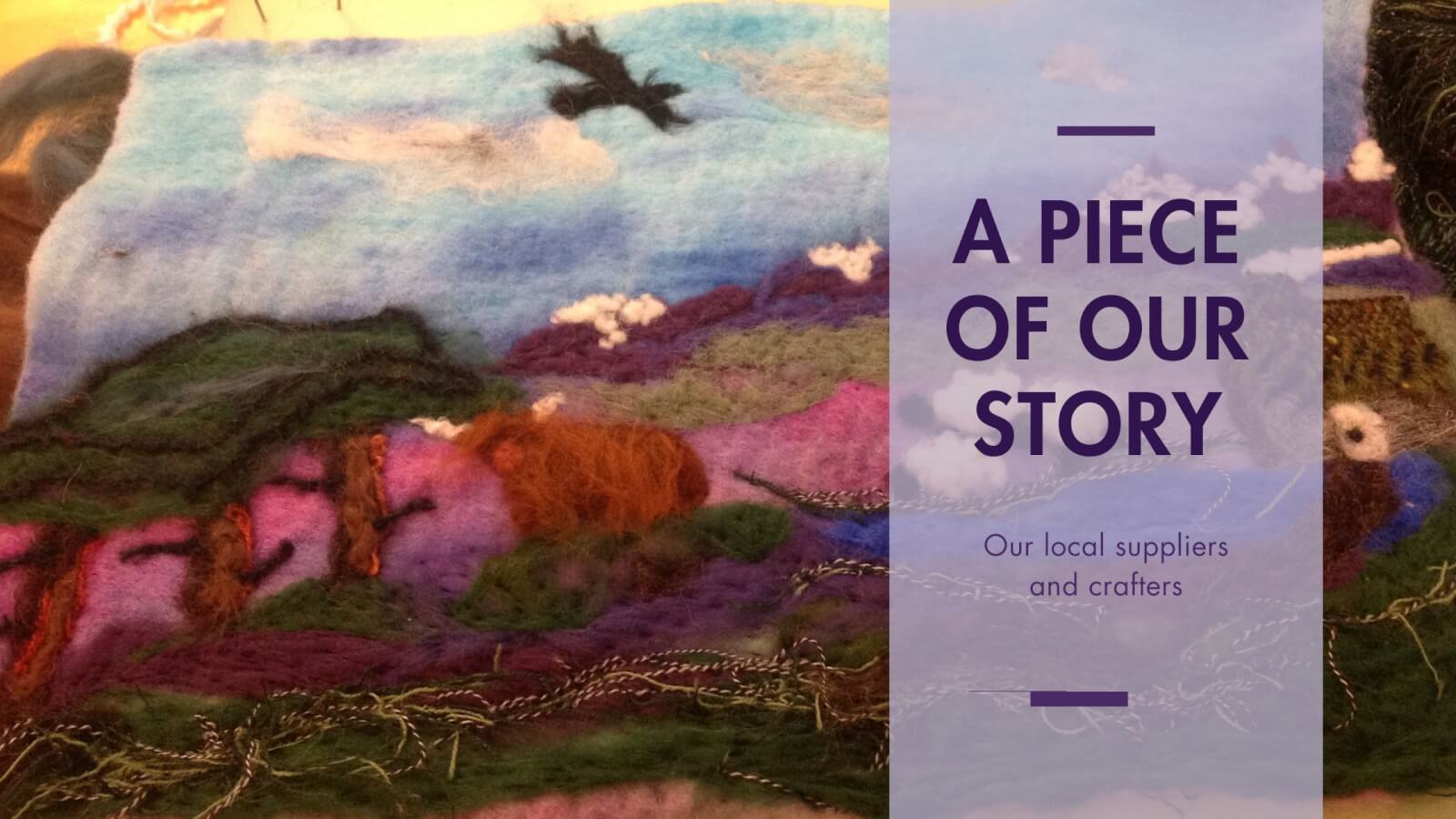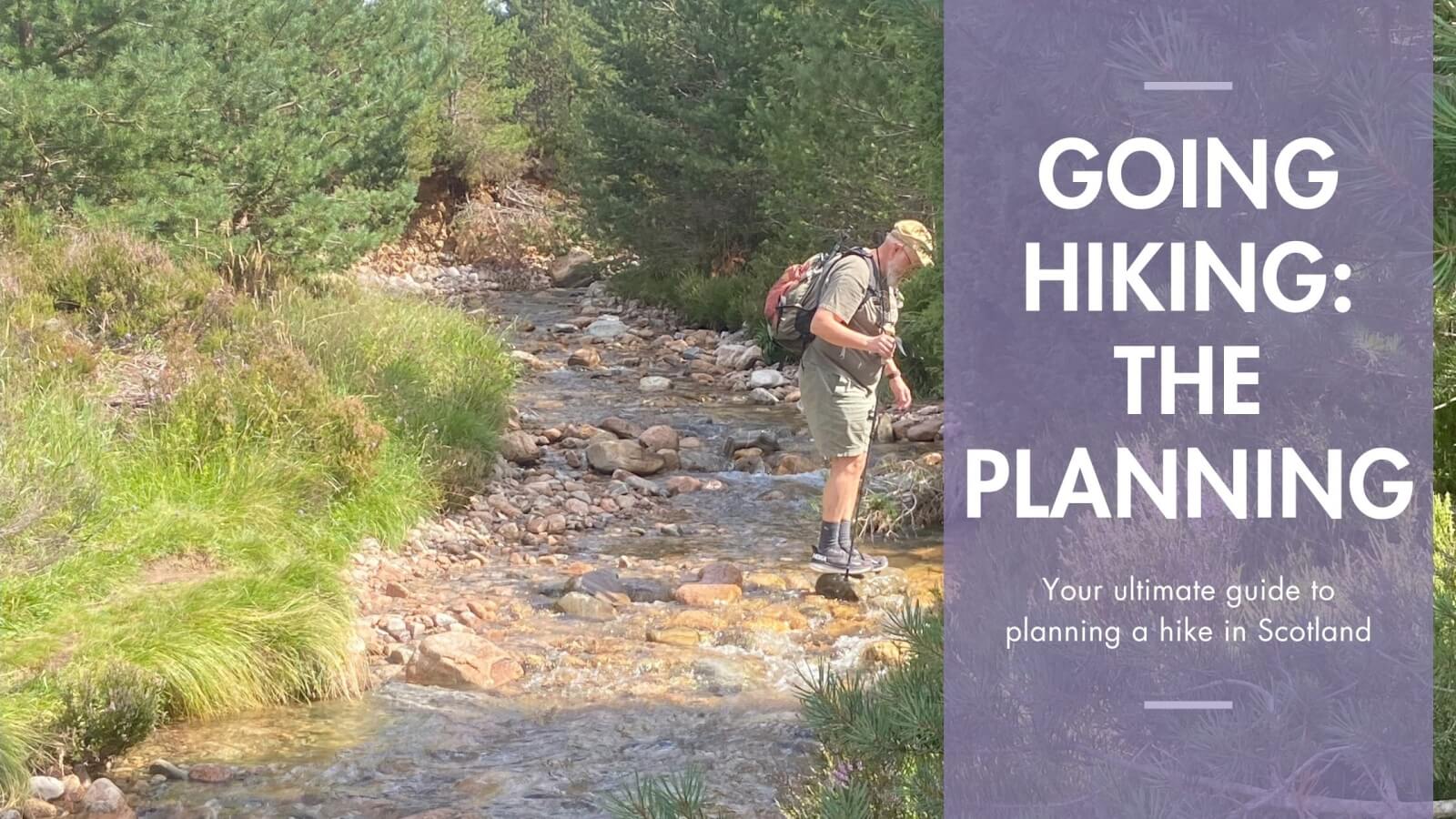Midges in Scotland
There’s no getting away from the fact that if you visit Scotland in the summer you will quickly find out that there are midges in Scotland. If you go hiking in Canada and parts of the US, you need to carry bear spray with you. We don’t have any pests on the same scale as that, but you have no doubt heard about the Scottish midge. It seems to be a scary prospect for a large number of people intending to come and visit Scotland. They can be of plaque proportions sometimes but over here in the dry East of Scotland, we really don’t suffer from swarms of midges at all.
The Midge
If you’re concerned about the prospect of midges bear the following tips in mind:
- Midges are really too light for any breeze. If there is the slightest stirring in the air, the midge will dive for cover and not be able to find you. Any wind over 7mph will thwart the midge.
- Midges are not really very keen on full sunlight. Midges are most active in low light (sun rise and sun set).
- Heavy rain is too much for midges. They can’t fly if it is raining hard.
- Midge season is mid to late May through to September. They die off in winter – the cold weather is too much for them. The male midge comes out first. He doesn’t bite. The female appears a couple of weeks later. She’s the one to look out for.
Midge facts from the makers of Smidge – a repellent which works.
Protecting yourself from the midge
- Cover up
2. Use repellent, naturally based if possible as deet is not kind to the skin. (A chemical which will melt a plastic bag is surely not designed to be used on the skin repeatedly over an extended period?)
3. Purchase a midge net
4. Use citronella, lavender or bog myrtle candles – preferably in a well-ventilated place or outdoors.
Relief from midge bites
- Natural solution: Itch Ease
- Antihistamine cream like Antisan
- Hydrocortisone cream
- Antihistamine tablets like piriton, just as you would use for hayfever relief.
You’ll find that a midge bite from midges in Scotland is itchy and annoying but doesn’t have any long lasting effects. It won’t have any impact on your health long-term. The real pest to be wary of is the tick. I don’t hear anywhere near as much discussion about ticks from visitors planning to come to Scotland, but there is a risk that you should be aware of. Ticks don’t just bite dogs. They don’t just affect hill walkers – in fact, you can be at risk of a tick bite on a dog walk or playing golf.
Midge solutions
[amazon_link asins=’B01EJF6LAE,B00413715E,B002MDAOSQ,B06XKKS2JX’ template=’ProductCarousel’ store=’1603-8102-0783′ marketplace=’UK’ link_id=’1d95a286-6f07-11e8-889b-abcc7d60ddfc’]
Midge hotspots
Most of the west coast including Skye, Torridon and Arran.
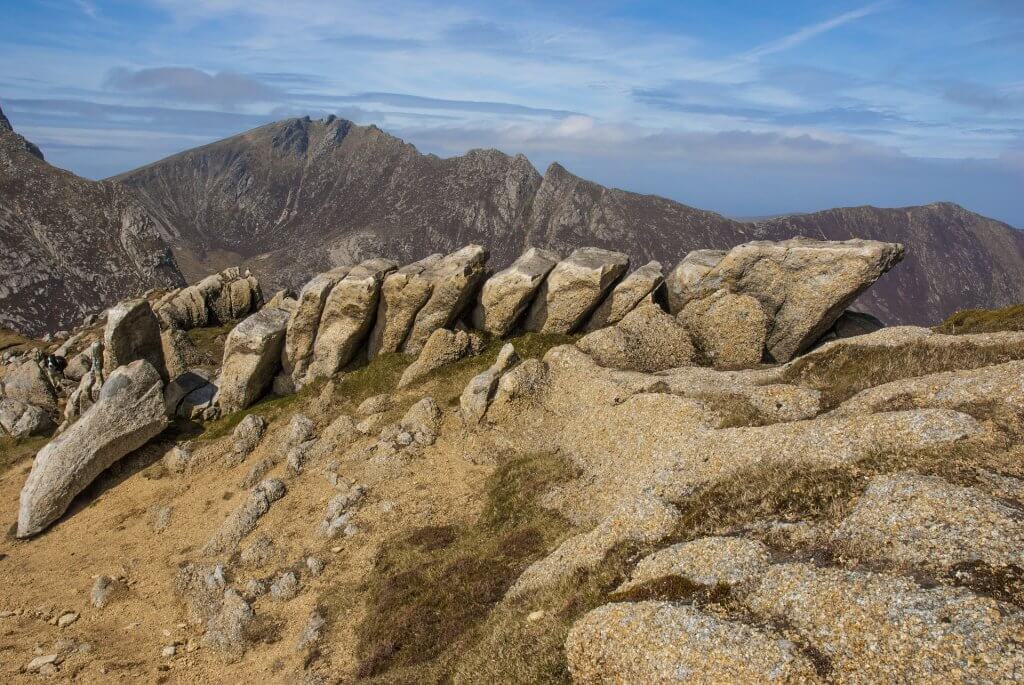
The peaks of Arran
We camped on Arran one year to check out some new routes we were planning to offer our clients. Found the perfect spot to wild camp, set up the tent, (nice breeze blowing all the while). Woke up, unzipped the tent and rapidly zipped it up again. At some point in the night, the breeze stopped and the midge clouds arrived.
The Tick
You’re most at risk of tick bites if you venture off the main path and brush against any undergrowth as this is where the ticks like to hang out.
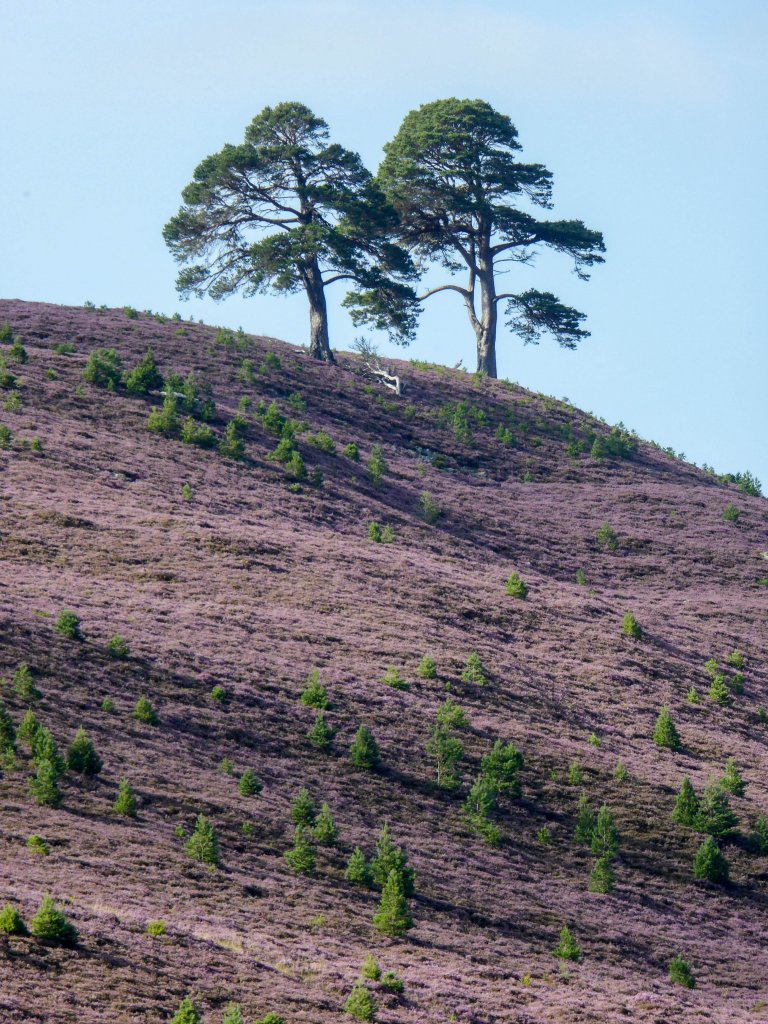
Most Scottish hill walkers are aware of the risk of Lyme disease and do check for ticks when they shower at the end of the day. Some of them can be so tiny that they are very difficult to spot. You pick them up from the undergrowth, just as dogs do. They can hang from the under side of ferns for years waiting for a host to come along. They don’t fly, but they will crawl on you until they find a spot they find warm and dark to attach to you. The most common places to find them are behind your knees, in your groin, or if you’re female, around your boobs.
A tick bite won’t be painful when it attaches to you and it will fall off on its own if left. Once it has finished it’s blood meal. However, it is definitely a good idea to remove it as soon as you can to reduce the risk of Lyme Disease.
Safe tick removal
Do not just pull a tick off if you find one attached to you. My personal early warning system is that I find a tick bite very itchy, worse (per bite) than a midge bite. If you just pull a tick you risk leaving it’s head attached to you. Also if you squeeze it while detaching it from you, you can force it to regurgitate it’s stomach contents into your bloodstream which will increase the risk of Lyme’s disease.
Tick twisters
[amazon_link asins=’B0037DD27U,B072JXRRBQ’ template=’ProductCarousel’ store=’1603-8102-0783′ marketplace=’UK’ link_id=’278ba43b-6f06-11e8-bce5-0727019eda1e’]
Tick lasso
[amazon_link asins=’B001QC34LS’ template=’ProductCarousel’ store=’1603-8102-0783′ marketplace=’UK’ link_id=’32301992-6f06-11e8-87f8-41d3dad923df’]
References
Tick map and predictions for the future
We rarely see swarms of midges on our guided hiking holidays.
There are midge hotspots in the Cairngorms, but it really is nothing like the west coast. Linn of Dee can be a wee bit midge infested if you’re hanging around before setting off into the Lairig Ghru, and if you’re at Corrour Bothy in the evening, you’ll possibly see a fair few – but we rarely have to put off our gardening. If we had more time to enjoy the garden we could without being bothered by midges.


